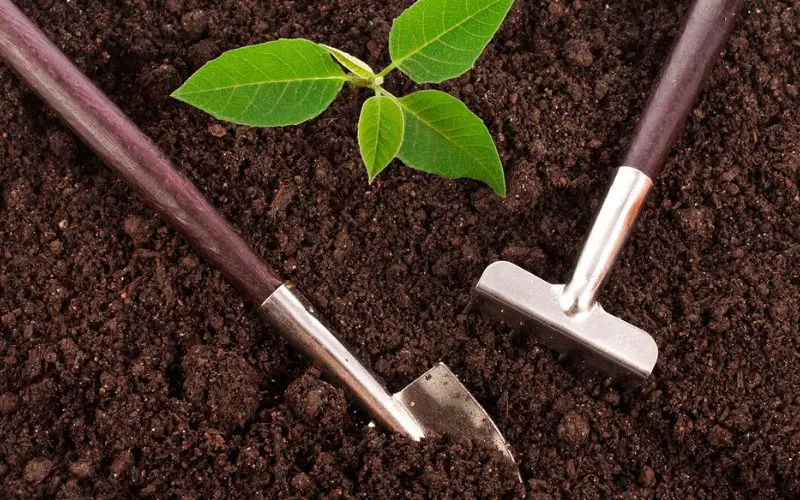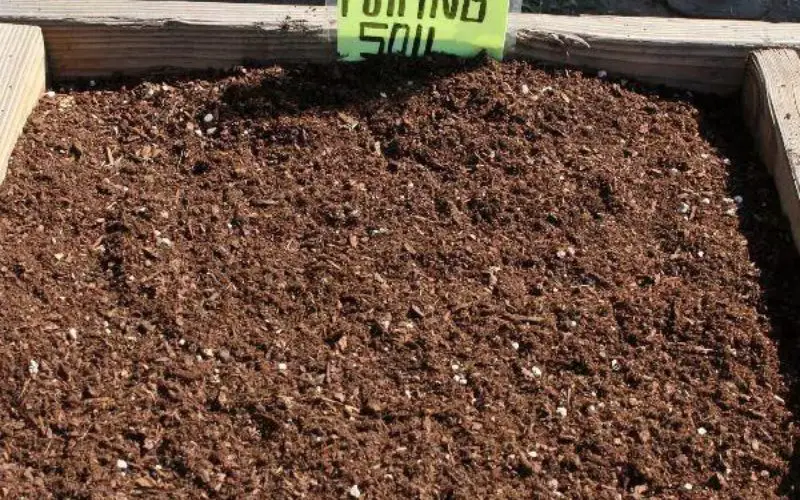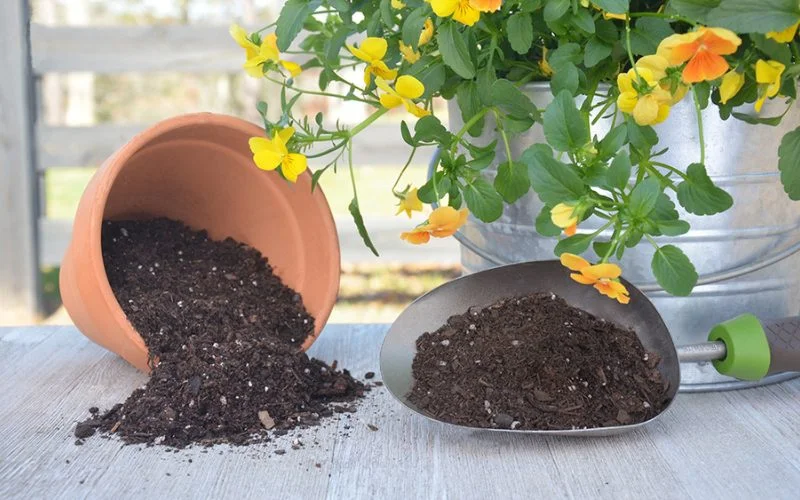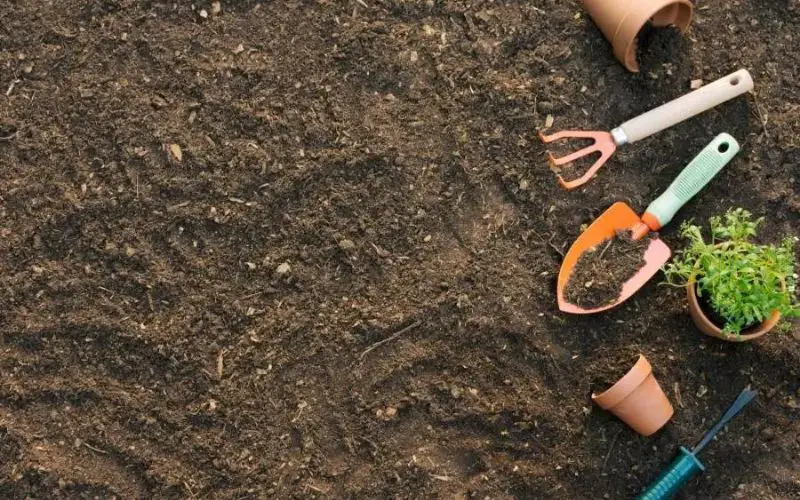The soil on which you grow your plant is the foundation on which it stands, the source of its nutrient, and its place of anchorage, and hence is one of the most significant growth factors for any plant. Ghostwriter Schweiz Different plants thrive in different kinds of soil; hence, choosing the best soil for your plant can be the difference between its success and death.
Planting and potting soil are different soils that many people use interchangeably. While planting soil is plant-tailored soil specifically prepared to suit a given plant, potting soils, on the other hand, are soils used for growing plants in containers or during their nursery stage.
What Is A Planting Soil

All soil is soil, but not all soil is equal. Some are richer in nutrients, have a better texture, and have different pH values, porosity, and organic matter content. Now we don’t determine the type of soil we find around us, but we can do something to give our plants the best growth medium, and this is where planting soils come in.
Planting soil is soil that has been specially prepared for planting a particular plant, which means that the soil is constituted in such a way that it suits the plant that will be grown in it. These soils are adjusted to suit the specific need of the plant, be it in terms of pH, texture, and nutrient content.
Many gardeners who want to start growing plants in a new space may find out that the soil on the land cannot support the kind of plant they want to grow. The pH of the soil is not adequate, and the porosity and soil texture pose a problem for plants to do well in such soils. Hence, these gardeners can easily opt for planting soil with all the requirements for the given plant to thrive.
Other gardeners have excellent soil for growing their crops, but over time, the soil has lost some of its nutrients and texture and hence can no longer support the growth of the plants. In this, the best thing is to bring in loads of planting soil to replace the poor soil.
Other times, the soil gets contaminated by pollutants like crude oil or other materials in the environment that makes the soil support specific plants. In such cases, the gardener must get planting soil to alleviate this problem.
Before planting soil is poured into poor or contaminated soil, the existing top layer is removed so that the old soil problem is not transferred to the planting soil. It is essential if the soil to be replaced is infested by pests and diseases. Completely clearing the topsoil means that the pest and diseases cannot be transferred to the planting soil. That dramatically reduces the risks of diseases.
What Is Potting Soil?

Some call it potting media, others call it potting mix, but they all refer to the growth medium for growing plants on a container until the plant grows enough to be transferred to the ground or permanently growing plants in a pot.
Potting soil is general-use soil modified to become fit for growing specific kinds of plants. Potted plants have a specific requirement that might not make obtainable if planted in the ground, and one such requirement is aeration. Because potted soil contains a lot of material like compost, bark, peat, vermiculite, and perlite, which cannot be easily compacted like garden soil, they have lots of air space.
These lightweight growth mediums provide high nutrients for plants, especially in their early life when survival is crucial. Potted soil has high moisture retention and good drainage, a combination that seedlings and other plants require.
Different ingredients are used in making potted soil, and these ingredients are continually changing, but peat-based soilless mixes are becoming more popular these days. These are artificial growth mediums that do not contain any soil at all but are composed of materials like bark, peat, and vermiculite.
Some gardeners stick to the traditional ways of making potted soil that includes soil, but whatever the case is, every potted soil must contain these three ingredients if they are to support plants:
A growing medium: if you are using soil as a growth medium for your potting soil, you must ensure that they don’t contain any residue of pesticides, environmental pollutants, or chemical fertilizer. Sterilization of the soil is critical to getting rid of any harmful microbes.
Good drainage: perlite, which is a volcanic rock when it is heated, becomes expanded and lightweight, and when it is added to a potting soil makes for good drainage and keeps the mix. Vermiculite, amongst others, is another material that aids drainage in potting soils.
Ability to retain moisture and nutrient: Sphagnum peat moss and coir fiber are suitable for water retention in potting soils. The former is harvested from bogs that have been drained. So the moss has dried and turned a light brown color. It is then lightly moistened before it is added to the potting mix. You can add limestone to a potty mix with this sphagnum peat moss. To balance the pH of the mix,
you may need to moisten lightly before mixing in the potting soil. Limestone must be added to sphagnum peat moss mixes to help balance the finished product’s pH.
What Is The Difference Between Planting Soil And Potting Soil

There are a few differences between potting soil and planting soil, including:
Their composition
Planting soils are usually made up of topsoil, which is intended for the growing of specific plants. They contain soil amended with mulch and compost, making them nutrient-rich nutrients.
Potted soil, on the other hand, is a growth medium where plants can grow. As with most classical potted soils, they can contain soil, but different versions replace the soil with another growth medium. So their composition differs significantly from planting soils because they usually contain peats, perlite, plant barks, sphagnum Moss, coir, vermiculite, and the like.
Their Texture
Because of the high content of mulch and compost that planting soil contains, they have a crumbly texture when it is felt. It has the texture of rich loamy soil, all thanks to its organic matter content.
It can even texture if potting soil is mixed correctly and doesn’t have chunks of organic matter. Hence their texture depends on the constituent material it is made from.
Sterility
Someone aptly said that with any soil, sterility is a myth. Planting soils contain soils, so one can never run out of the fact that they might contain some fungi, bacteria, and other microbes. These microbes might suddenly be there in insignificant amounts to become a nuisance.
Soilless potting mix can be said to be sterile because they don’t contain soil which is the habitat of different microbes, including fungi, bacteria, and other microbes.
Their Weight
As you would expect, planting soil is usually heavier than potting mixes ( especially the soilless ones) because the sand in the soil is relatively heavy, which makes the soil quite heavy.
Peats, moss, sphagnum, perlite, coir, and the like are very light materials, and when they are constituted into a potty mix, you will expect a relatively lightweight growth. It is especially true for a potting mix that is entirely soilless.
Aeration
Planting and potting soil have many air pores that keep the soil from becoming too compact. It is especially true because they both contain a good amount of organic matter, which helps to keep the soil aerated. However, potting soil has far more air pores, so it has more aeration and drainage and the ability to retain water.
Their Uses
Planting soil is used to grow plants in-ground, supporting the growth of many plant life, especially heavier plants whose roots go deep into the ground.
Potting soil, as the name implies, is used to grow crops in pots and containers. They can only support plants that have shallow roots because the containers are not deep enough to hold deep-rooted plants.
Conclusion
Plants can grow ln-ground or in containers, depending on the plant type and its growth stage. For plants that grow on the ground, you can get soil specifically tailored to suit the need of your plant, in which case you get planting soil.
Helpful Links:
- When to Apply Ironite to Shrubs?
- What Pots Are Good For Succulents?
- Top 3 Best Bagged Soil For Vegetable Garden
- How to Make Homemade Compost Catalyst
- What is a Good Source of Carbon for Compost
For plants that grow in containers, potting soil will suffice. They are also the best growth medium for raising plants in nurseries before being transplanted. So planting and potting soil are used for different types and stages of plant growth.
Kindly reach out to people by sharing this post on social media.
If you liked this article, then please follow us on Facebook, Instagram, Twitter, and Pinterest.

